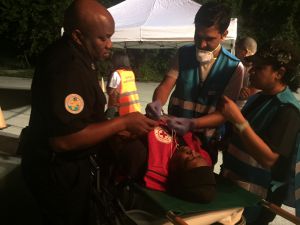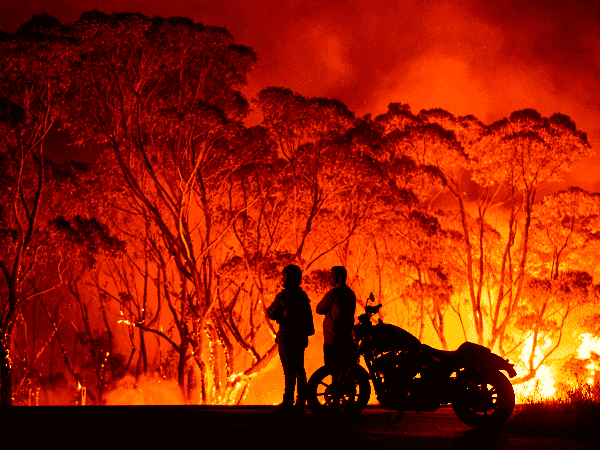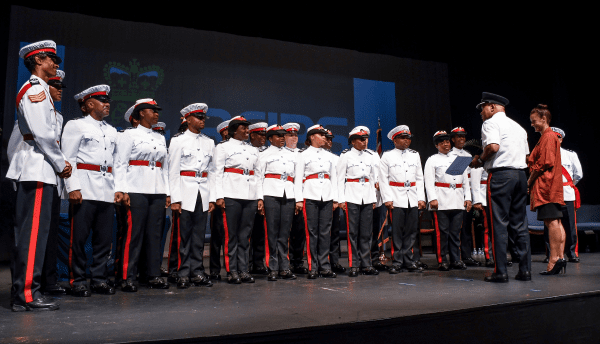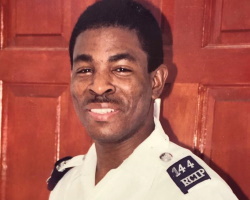(CNS Local Life): Between 7 and 11 November, 20 people in Cayman Brac received training in mass casualty management (MCM), in a course sponsored by the Pan American Health Organisation (PAHO) and Hazard Management Cayman Islands (HMCI). Course coordinator, HMCI Awareness and Communications Officer Simon Boxall explained, “Sometime ago we were able to train a number of local instructors and so this is now the third time the Cayman Islands has rolled out the mass casualty management training with a team of local instructors.”
Ian Yearwood (Royal Cayman Islands Police Service), Shane Brown (CIEMS Cayman Brac) and Andrew McLaughlin (Cayman Islands Airports Authority) conducted the course with assistance from Charmaine Coore, a registered nurse from Cayman Brac. PAHO also sent down instructor trainer Peter Burgess to oversee the MCM training programme.
“We need to maintain a state of maximum readiness for a major incident and this training improves our preparedness and response capacity in the Brac,” Boxall said. “It is important that we have pre-established procedures in place for rescue mobilisation, incident site management and hospital reception in the event that we face a big emergency situation, especially those involving multiple victims and a multi-agency response.
“It is especially important for Cayman Brac which, due to its size and relatively small population, faces some unique challenges; with only one doctor and two nurses typically on duty, a collision between two motor vehicles carrying passengers could even be regarded as a mass casualty event. A multi-car accident would put a significant strain on the Island’s ability to respond, and if we don’t practice before we face a major incident it could easily overwhelm us.
“This course prepares us to provide prompt and appropriate assistance to victims; it will help to minimise injuries and prioritise the victims so the most critical receive the most immediate medical attention.”
A mass casualty incident is any event resulting in a number of victims large enough to disrupt the normal course of emergency health care services. This could be a situation such as a major fire, an accident on a dive boat or something involving an aircraft.
Some of the areas covered in the training included emergency medicine, the organisation of advanced medical posts, psychosocial care, and management of fatalities, division of roles and responsibilities, and tasks of the first responders.
Participants in the training included representatives from the Department of Environmental Health; Port Authority of the Cayman Islands; first responders such as police, firefighters, health care workers; and volunteers from the Red Cross.





